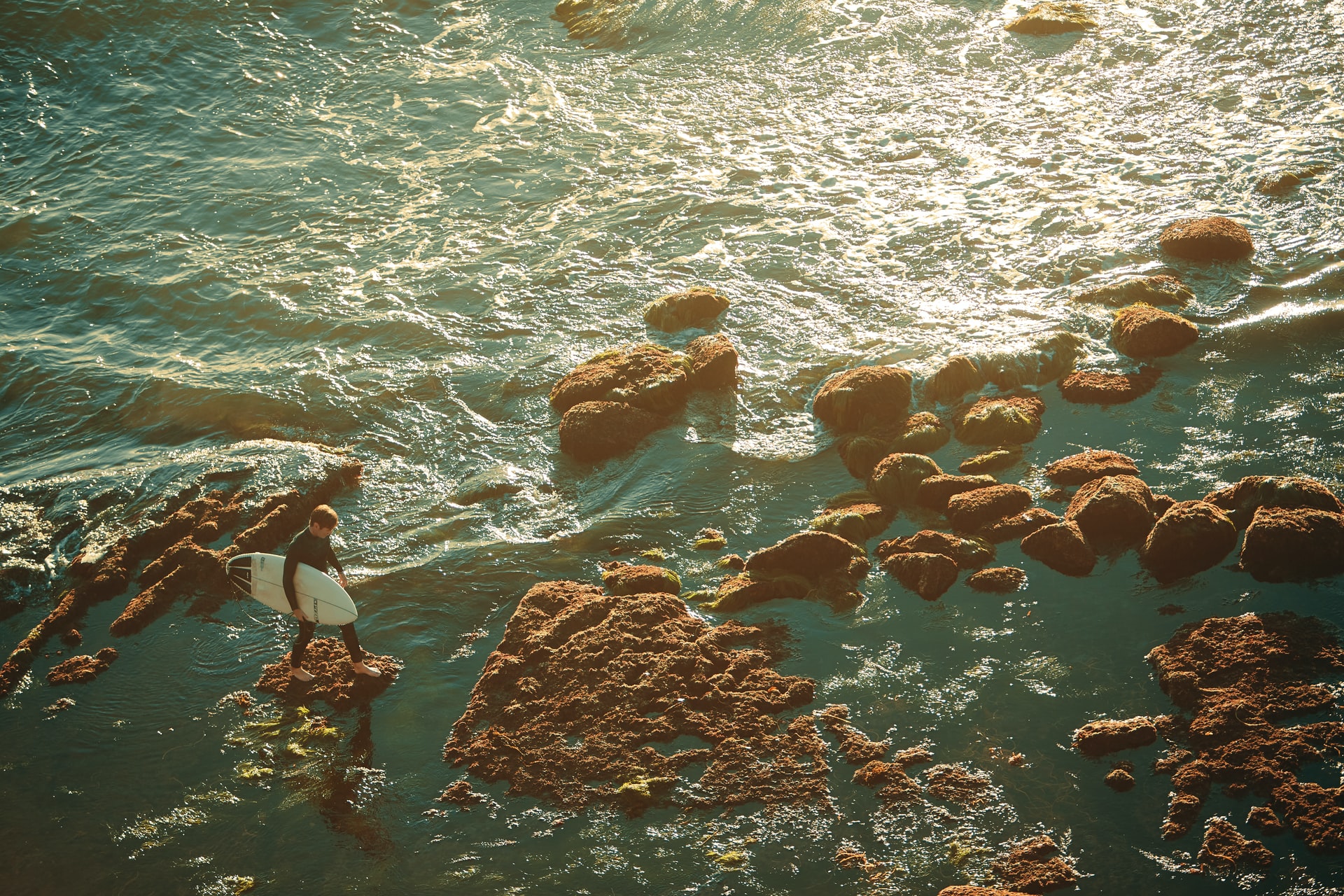Reef breaks are some of the most unforgiving surf breaks around.
With the potential of massive waves breaking on mere feet of water above a sharp and solid bottom, wiping out on a reef can really hurt.
Need to up the intensity? How about dry reef surfing.
Dry reef surfing entails surfing a reef on a low tide. On a dry reef, the wave breaks in shallow water, often exposing parts of the reef, leaving rocks and coral in only a few feet, or no water at all.
Dry reef surfing creates one of the highest risks of injuries while surfing. Let’s dive in and see what dry reef surfing is all about.
- What Does Dry Reef Surfing Mean?
- How Is Dry Reef Surfing Different From Other Types of Breaks?
- What Benefits Does Dry Reef Surfing Offer?
- What Drawbacks Does Dry Reef Surfing Have?
- Is Dry Reef Surfing Dangerous?
- Can I Tell a Dry Reef Spot From the Beach?
- Should Beginners Surf Dry Reef Spots?
- 5 Practical Tips When Dry Reef Surfing
- Conclusion
- You Might Also Like…
What Does Dry Reef Surfing Mean?
Dry reef surfing simply means to surf on a wave breaking over a dry reef. This can be done on a surfboard, bodyboard, paddle ski, or as bodysurfing.
For a reef to be considered dry, the tide level needs to be low enough to expose the reef, or part of the reef needs to be out of the water.
Apart from this, there is little difference between a reef break and a dry reef break.
When surfing a dry reef, it is common to be able to stand on the rocks below you at any given time.
Often, surfing a dry reef can include standing on the reef/rocks and jumping into a wave, instead of paddling for it.
How Is Dry Reef Surfing Different From Other Types of Breaks?
Reef surfing in general is very different from other breaks such as beach or point breaks.
When surfing a reef, instead of the wave breaking over a sand bar or wrapping around a headland, the change in water depth from the reef peaks the swell and causes it to break in a uniform fashion.
Reefs are often found slightly off the coast, sometimes kilometers away.
This is different from beach and point breaks, where the waves are surfed close to the coastline.
That being said, not all reefs are away from the shore, and it is these closer to shore reefs that often become dry during low tide.
Dry reef surfing is the same as surfing on a reef break but with less water, and therefore, more skill, observation, timing, and guts are needed.
What Benefits Does Dry Reef Surfing Offer?
Dry reef surfing is not for the faint of heart. Although it is not a break for beginners, dry reef surfing does have its upsides.
Crowds
Because dry reefs come with an added risk of injury, these spots are generally uncrowded.
This is an amazing situation to find as beaches around the globe are packed full of locals, kooks, and those learning to surf.
Finding a wave to surf among just a few people is rare and in between.
Surfable At Low Tide
Unlike many beach and point breaks, some reefs offer the possibility to surf at low tide.
Although this does leave parts of the reef exposed, this is the gem of avoiding fighting with other surfers for a ride.
Technical Surfing
More so than any other type of break (with a potential argument for big wave surfing), dry reef surfing stands to be the most technical ride.
This is because there are often many obstacles to avoid, as well as the need to pop up extremely quickly while turning into the wave at a split second.
This is an amazing way to quickly improve your surfing skills as there is no time to contemplate what to do next.
Surfing a dry reef is somewhat like a do-or-die situation.
Confidence
Successfully surfing a dry reef is one of the biggest confidence boosters.
Having faced the hard and sharp reef floor, steep waves, and potential lacerations from sharp corals, leaving a dry reef surf unharmed (or only slightly hurt) will do wonders for your confidence in other breaks.
In a sense, if you can surf a dry reef, you can surf a wet reef. From there, the waves generally get easier.
What Drawbacks Does Dry Reef Surfing Have?
It is common to find a dry reef break with little to no surfers. This is for good reason.
Although surfing a dry reef is quiet and will quickly improve your skills, the drawbacks from hitting this sort of break are imminent.
High Risk of Injury
Whether the waves breaking on a dry reef are 1 foot or 6 foot, the risk of injury is high.
Wiping out on a dry reef will almost always leave you hitting rock or coral.
As you likely know, coral is sharp and even slight contact with it can leave deep gaping wounds.
Short Rides
As there is not a lot of water breaking over the reef, the rides of a dry reef break are usually short.
Although this can be fun and a good way to improve your skills, you will not likely be able to ride a wave for more than a few seconds.
Not for Beginners
Dry reefs are complicated to navigate, ride, and stay safe on. These breaks are not for beginners.
In fact, those who consider themselves intermediate surfers should also stay away from these types of breaks.
Is Dry Reef Surfing Dangerous?
Before discussing whether surfing a dry reef is dangerous, it is important to know that there are dangers involved in all surf breaks.
Although there are risks with all surfing, dry reef surfing highlights a few of them.
Because the water is shallow, the risk of sea life such as sharks is limited, but the risk of hitting the reef is massively intensified.
The main thing that differs between dry reefs and other breaks when it comes to their dangers is the risk of hitting reefs or rocks.
Colliding with an exposed rock can do anything from destroying your board to knock you unconscious.
Partially exposed rocks and reefs should also be kept an eye out for, as there may be reefs slightly under the water, but not deep enough for your board to miss.
Hitting this could send you flying off your board and leave you tumbling along some razor-sharp coral.
Can I Tell a Dry Reef Spot From the Beach?
If you can spot a reef break you will be able to spot a dry reef.
The same as a beach break forms from a sandbar quickly raising the level of the ocean floor, so does a reef break – but instead of sand, it is a coral or rock reef.
Reef breaks often seem to pop out of nowhere, and just as quickly as the wave formed, it seems to disappear into nothing.
When you are looking at a wave breaking over a reef, noticing that parts of the reef are exposed, or partially exposed at any time during the break, is an indication that it is a dry reef break.
The amount of exposure required to consider the break a dry reef is subjective.
This could mean anything from parts of the reef constantly out of the water, to a reef with only a few feet of water at all times.
Should Beginners Surf Dry Reef Spots?
Dry reef breaks are under no circumstances a good place to learn how to surf.
As a beginner surfer, you will not have mastered standing up.
Constantly falling off of your board, getting wiped out by a wave because you are in the wrong position, and not being able to turn are all normal for new surfers.
Ironically, these are all some of the worst possible things you can do when surfing a reef, especially a dry reef.
If you are new to surfing, the best situation you can learn in is a small and calm beach break, preferably with a sandy bottom.
Once you are confident, have full control over your board, and popping up is second nature, it may be time to move on to surfing a reef.
5 Practical Tips When Dry Reef Surfing
If you are ready to take your first step towards surfing a dry reef, the following tips may help settle some of the nerves that you are experiencing and perhaps make your experience that much better.
1. Confidence Is Key
Surfing a dry reef is about commitment. Once you take off, you need to fully commit to the wave.
Failing to do this will leave you covered in bruises and cuts from wiping out on the exposed reef.
2. Never Go Straight
Although if you are surfing a dry reef, it is likely you never surf a wave straight, doing this on a dry reef will leave you smashing your board (and yourself) straight into rocks.
When surfing a dry reef, it is important to turn as soon as you drop in, in order to stay on the water of the break.
3. Keep an Eye Out for Exposed Sections
Before entering the water and taking off on your first wave, observe the surface of the water for ripples.
This could indicate areas with rocks or coral slightly below the water’s surface.
These areas should be noted and avoided when riding a wave or paddling onto one.
4. Fall Shallow
Although it doesn’t sound like it makes much sense, falling softly is in your best interest when surfing a dry reef.
This comes with practice, but unlike a deep water beach break, there is very little between you and the ocean floor.
Because of this, you cannot afford to dive deep into the water when falling off your board.
5. Never Surf Alone
Although surfing alone can be an amazing experience, a dry reef is not the place for this.
The risk of a head injury is too high. So when dry reef surfing, you should always make sure that at the very least there is someone on the shore watching your every move.
Conclusion
Dry reef surfing is just like surfing on a regular reef break. However, the amount of water above the reef is significantly less.
Dry reef surfing usually creates short rides with a high risk of injury, but comes with the advantage of very small crowds.
Dry reef surfing is not for the faint of heart or beginner surfers.
That being said, once you surf a dry reef, everything else will seem slightly easier in perspective.
You Might Also Like…
-

Do Surfers Ride Switchfoot? 5 Benefits (& Why You Should Learn It)
-

Do Surfers Shave Their Legs? 5 Common Reasons (+Pros & Cons)
-

Do Surfers Wear Helmets? 8 Situations You Should Wear One (+4 Cons)
-

Do Surfers Poop in the Ocean? Myths & Facts (+5 Tips)
-
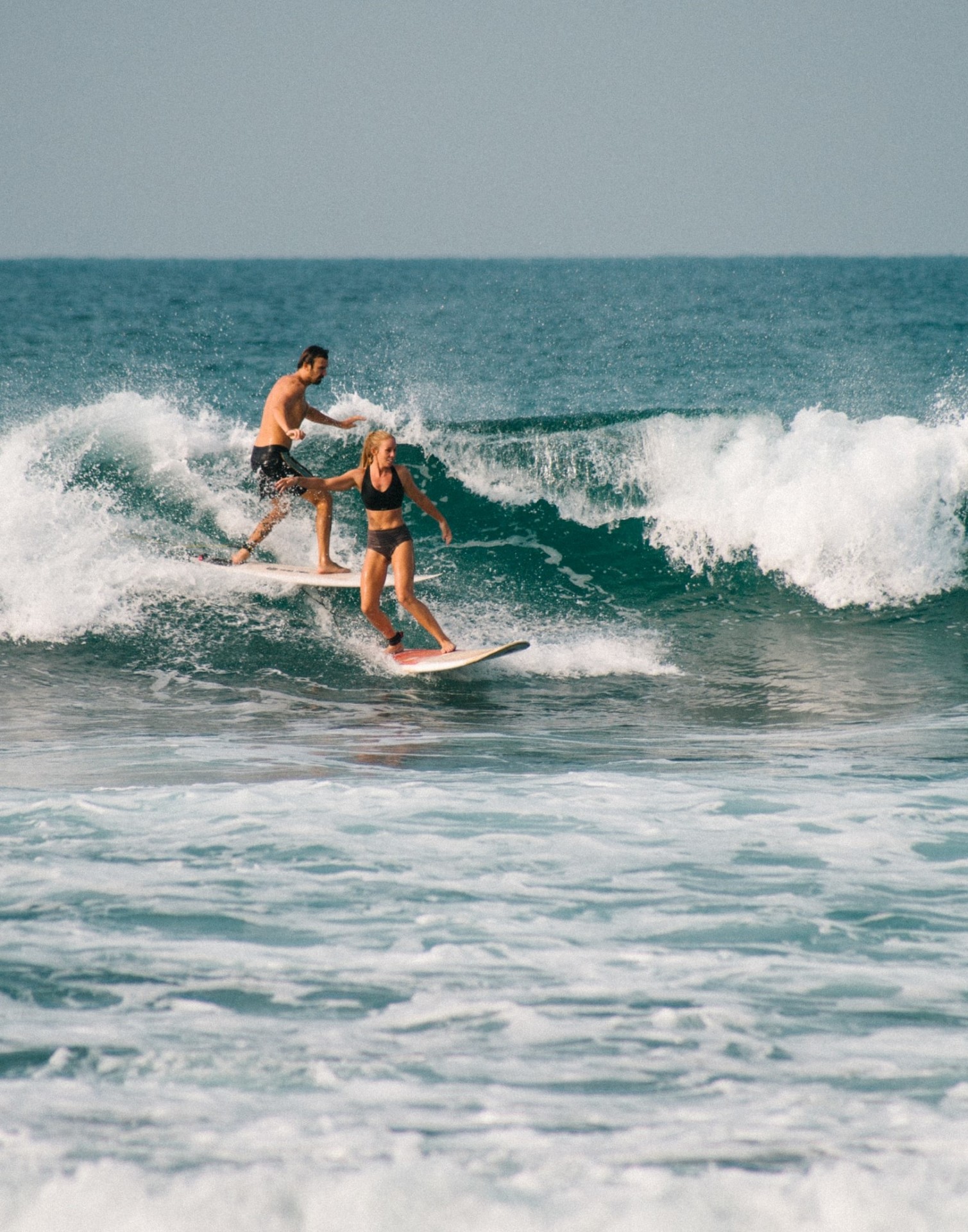
Do Surfers Run Into Each Other? 5 Common Reasons (+8 Tips)
-
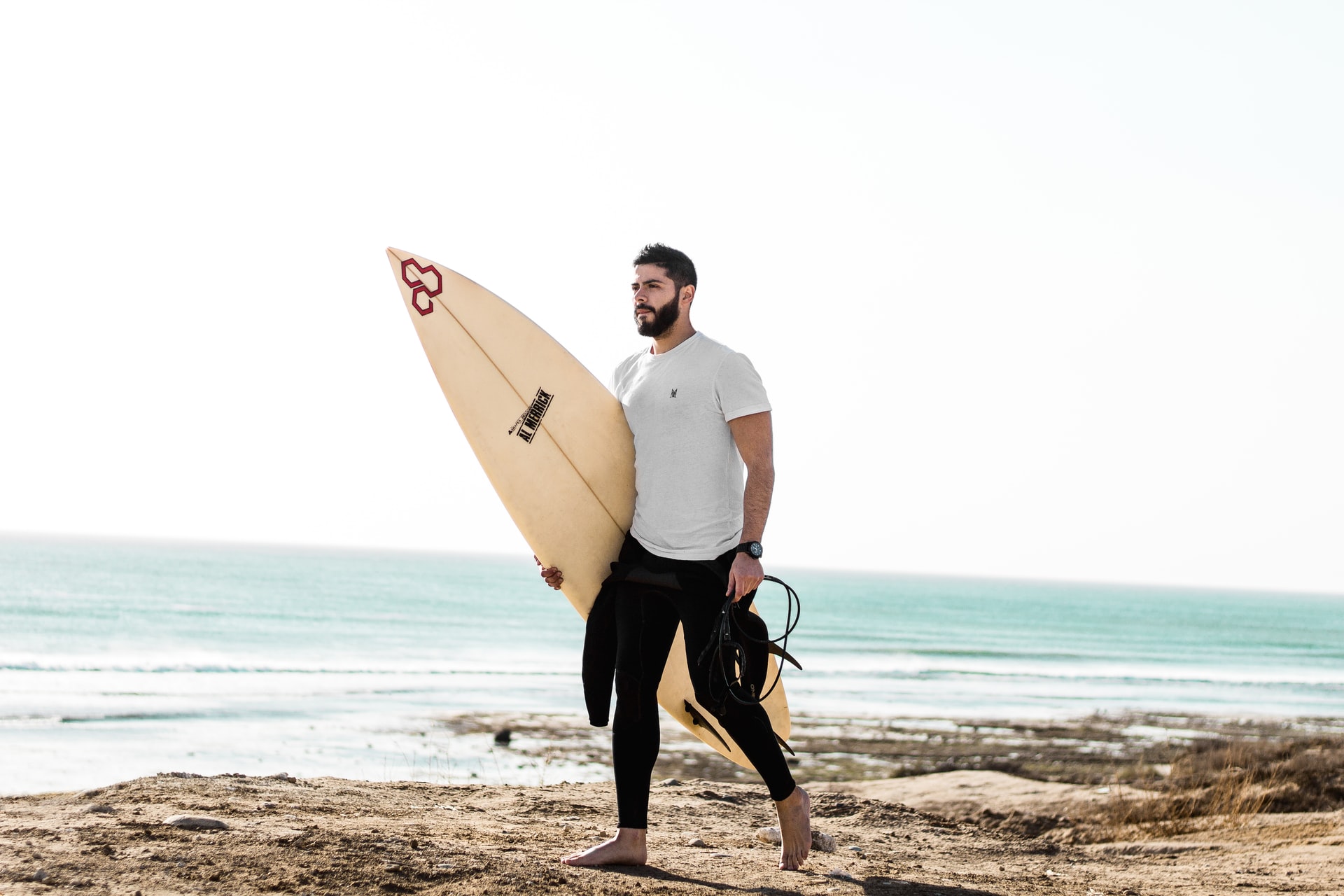
Do Surfers Have Beards? Pros & Cons You Should Know (+4 Tips)
-
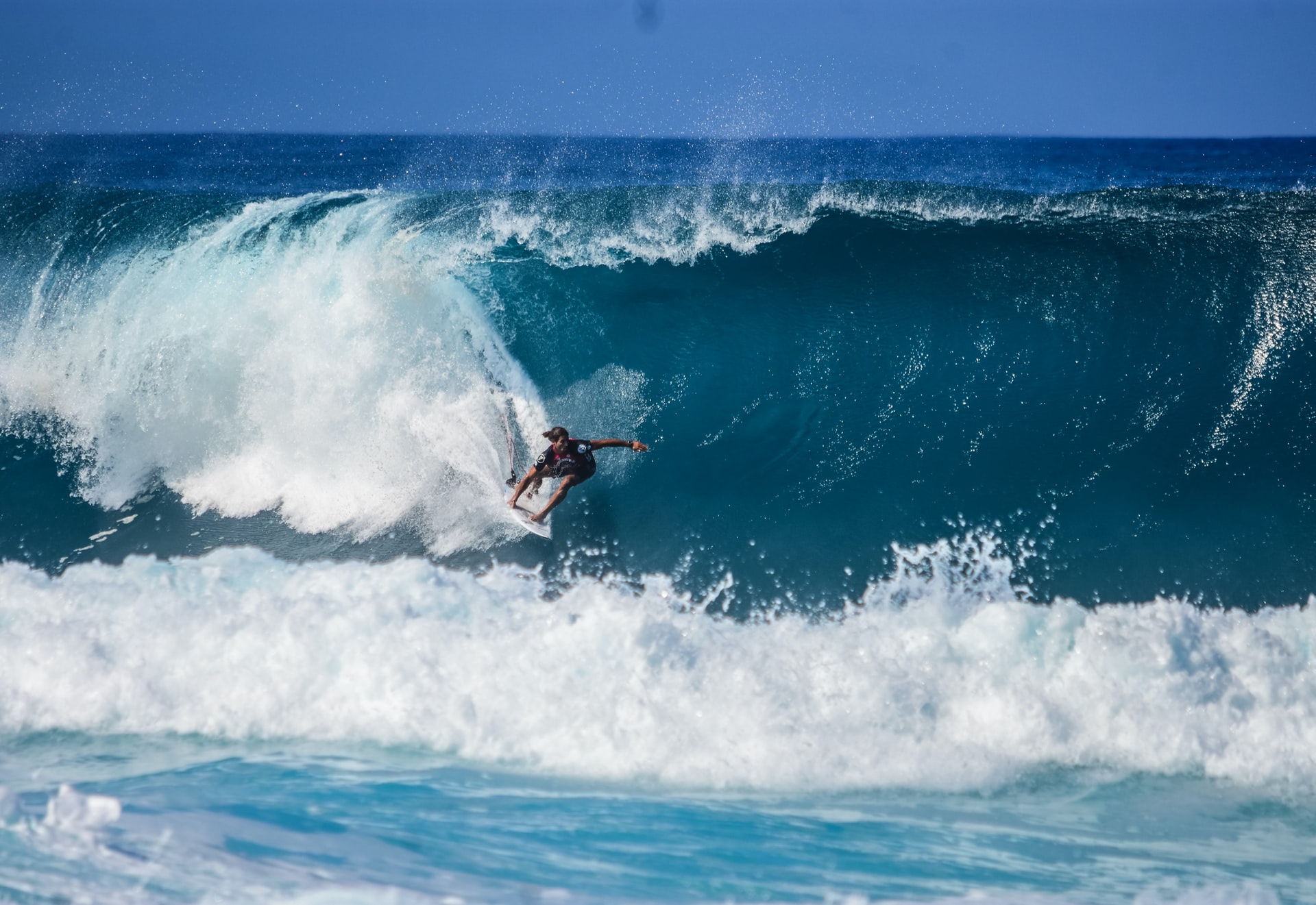
Do Surfers Like Constructive or Destructive Waves? (+Pros & Cons)
-
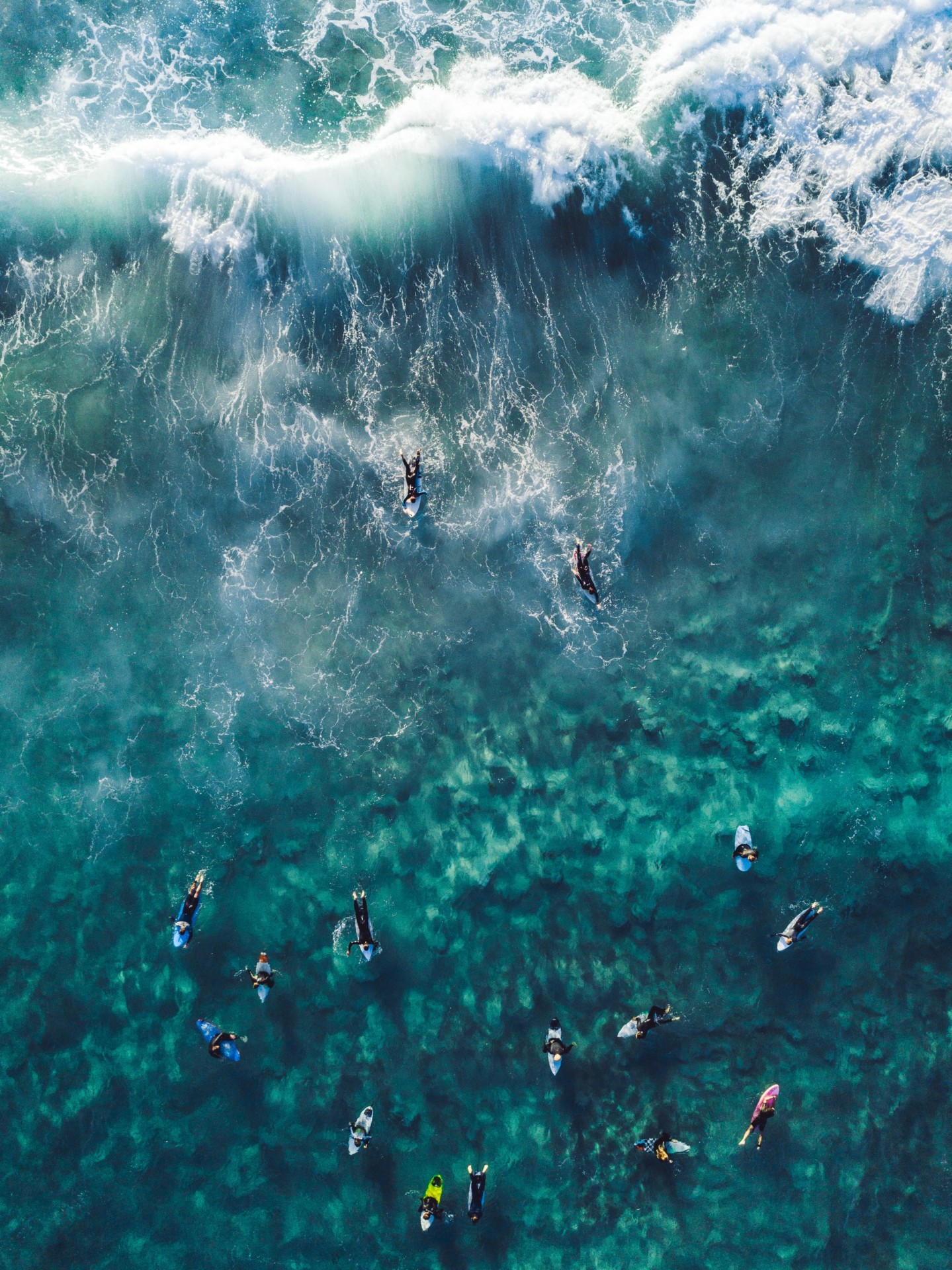
How to Surf Safely: 34 Crucial Tips (Every Surfer Should Know)
-
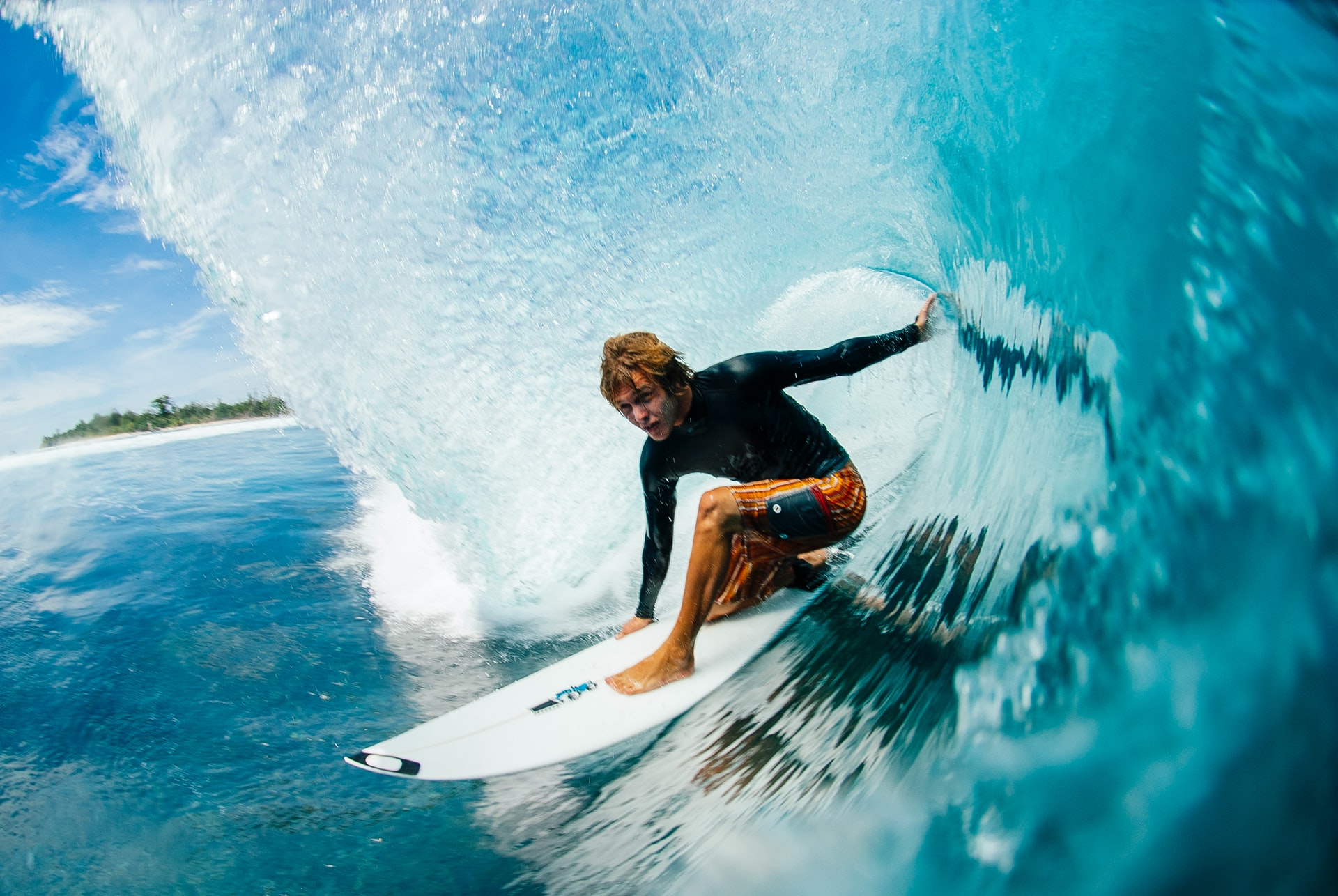
Do Pro Surfers Use Leashes? (+6 Reasons Why You Should Too)
-
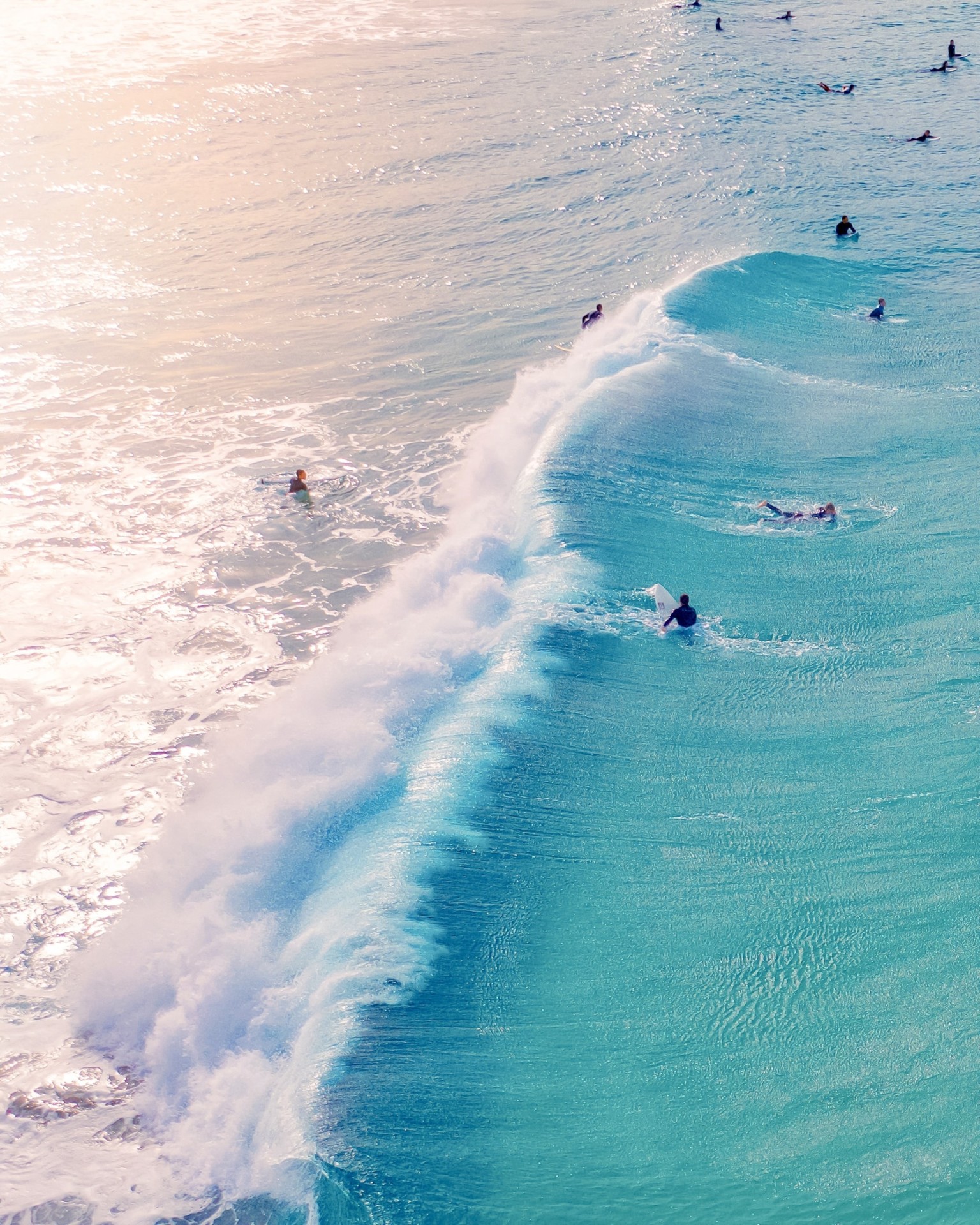
Do Many Surfers Drown? Here Are the Facts (+4 Common Reasons)
-
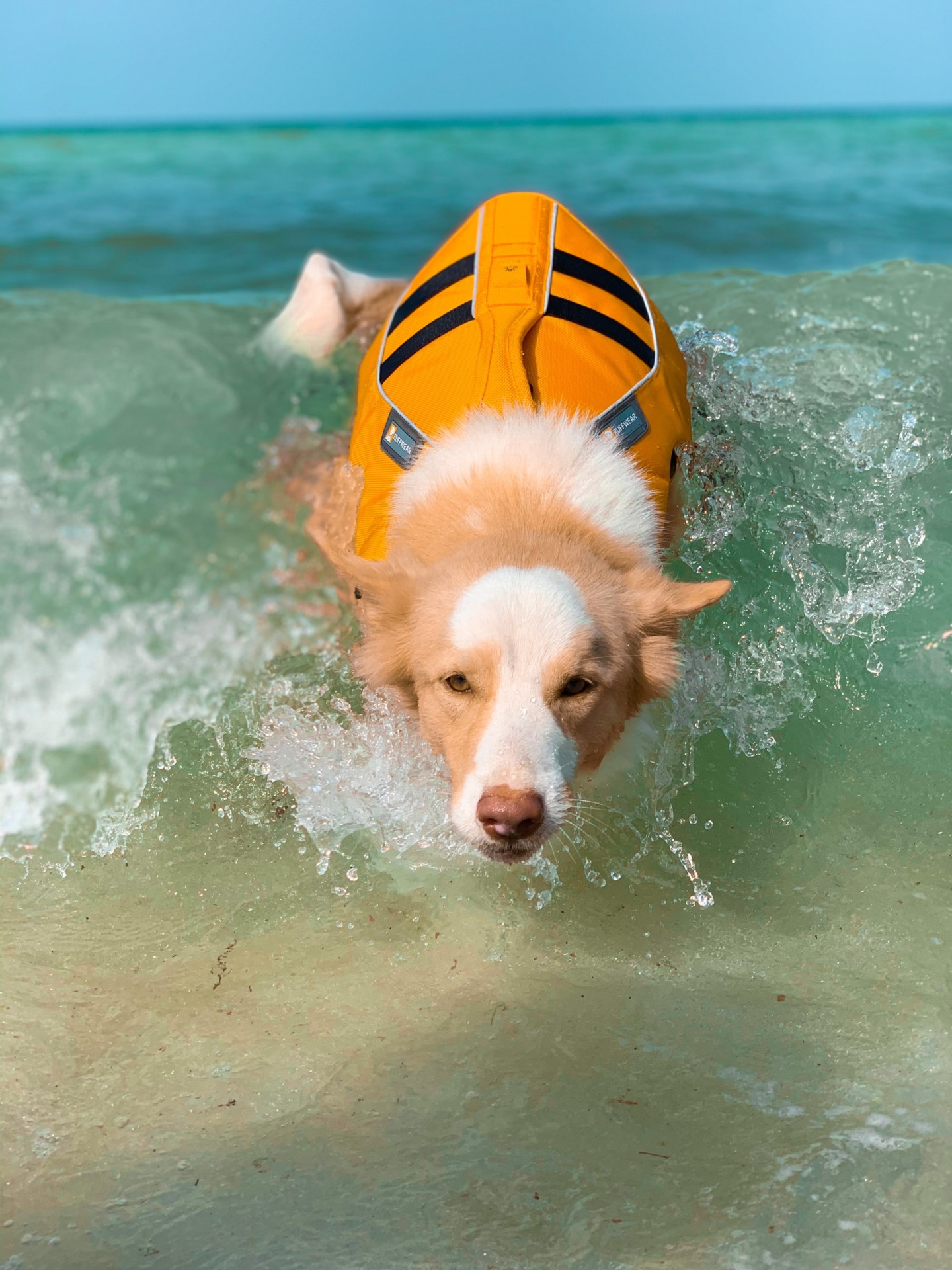
Do Surfers Wear Life Jackets? (7 Reasons Why They Don’t)
-
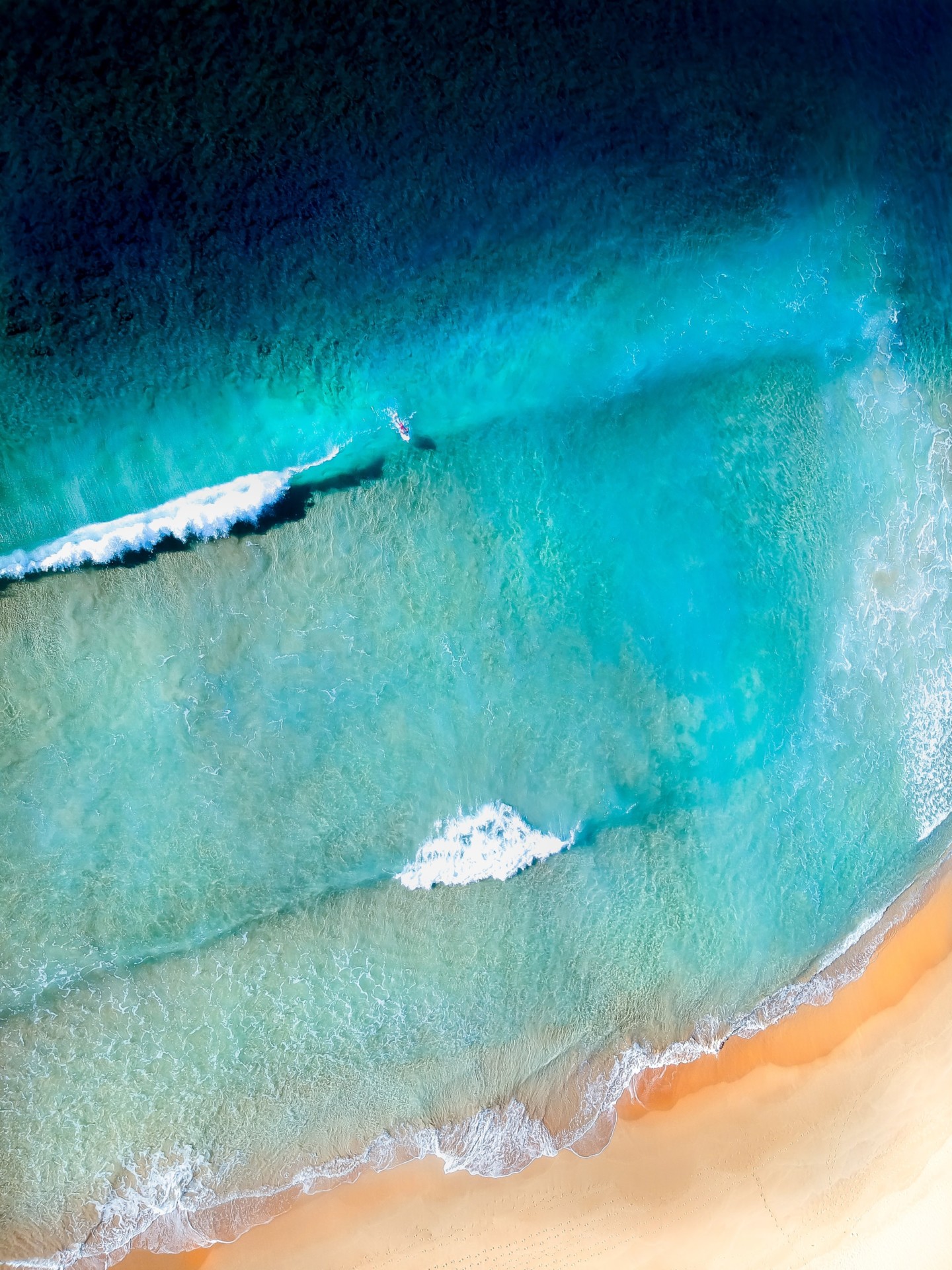
Do Surfers Like Rip Currents? (& How to Use Them Safely)

